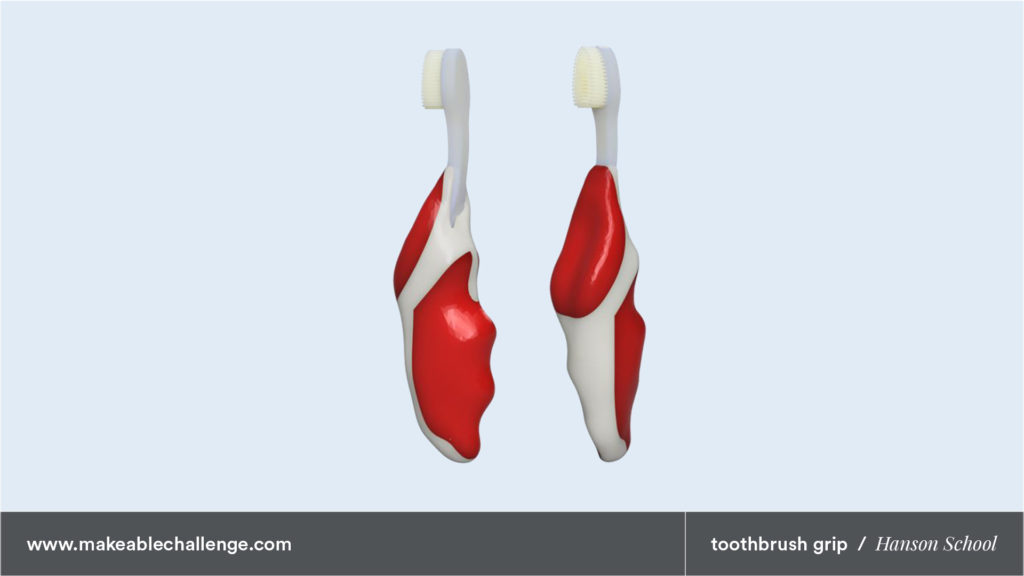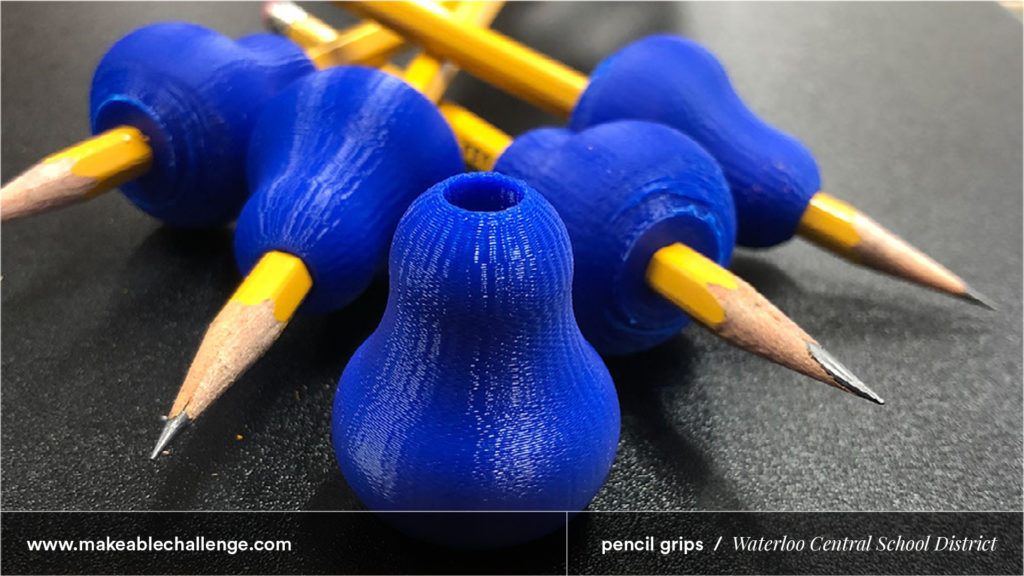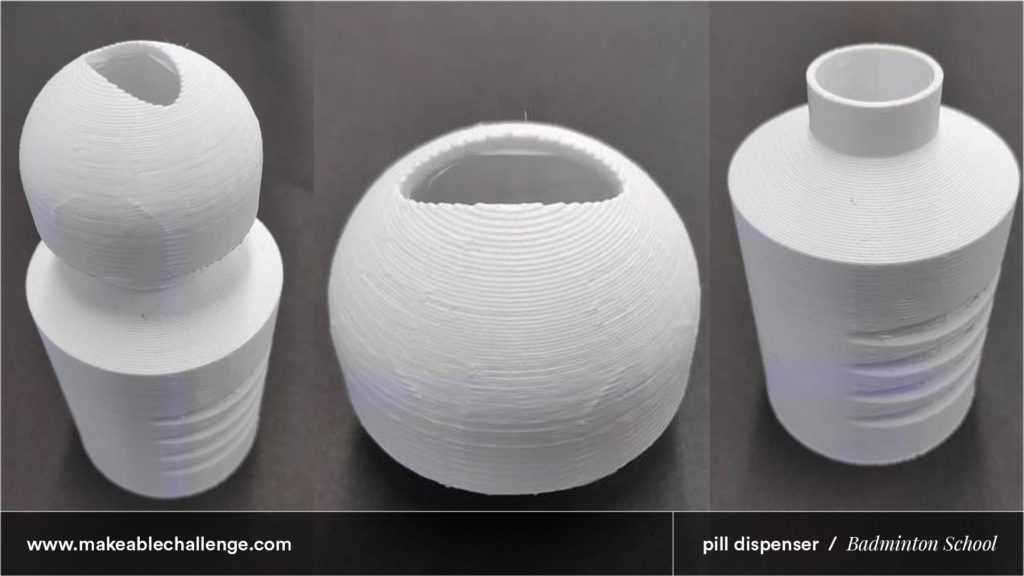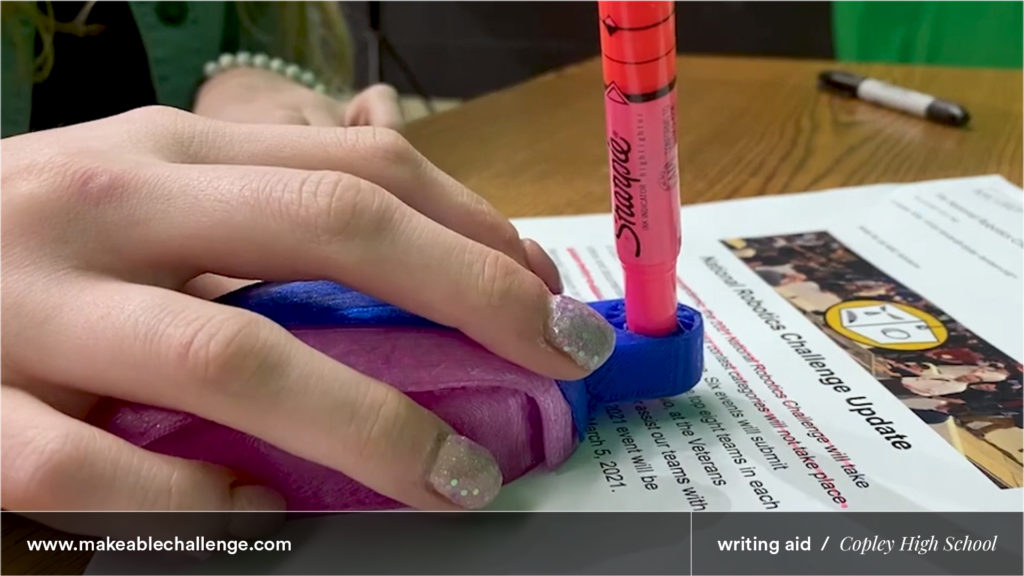Last year, UK-based 3D printing curriculum developer PrintLab and 3D software company Autodesk partnered up to launch an annual 3D printing design challenge for students, called make:able, that’s focused on assistive technology and encouraging students in design and 3D printing. The objective was to use 3D printing and Autodesk software to design and create a prototype or end product that will improve daily life for someone who struggles with hand mobility. The submission deadline was in April, and the two companies have just announced the winners of the 2021 make:able challenge. What’s more, Printlab was so impressed with the entrants that all of the assistive devices are available to view.
“By combining the power of 3D printing with the creative minds of the next generation, students were able to design life- changing solutions for people with disabilities,” said Jason Yeung, Co-Founder of PrintLab. “The amazing thing is that many of these models will also be uploaded to the Makers Making Change open source library – to be freely downloaded, adapted and manufactured for anyone in need. We’re incredibly proud of all the students and their facilitators. The grit and determination shown throughout a challenging school year was inspirational.”
More than 150 teams, made up of students ages 14-18 in one category and younger than 14 in another, found end users in their own communities, as well as in the online make:able community, and identified their specific mobility challenges. Then they used 3D printing and Autodesk software to solve their challenges by fabricating assistive devices. The challenge also includes an online toolkit for the students to use, in addition to related lesson plans and a teacher’s guide; this makes sense, as Printlab was founded with the goal of supporting growth of 3D printing in education and modernizing education around the world.
Teams had to use either Tinkercad or Fusion 360 software to develop a digital, 3D printable 3D model, and create a physical prototype of their assistive device, either through 3D printing or alternative methods like hand-modeling. The student teams created a multitude of helpful final solutions for this challenges, including:
- adapted scissors
- bottle and jar openers
- eating and grabbing devices
- grips for household items like toothbrushes
- hand sanitizer assistants
- instrument holders
- pill dispeners
- seat belt assists
- wheelchair accessories
- writing aids
The judges used an online collaboration tool called MURAL—described by Printlab as a large digital whiteboard—to display all of the finalist portfolios, and looked through all of the entries before choosing their top choice from each of the six categories. The votes were recently tallied up, and the talent on display in the challenge was impressive.
“We were so incredibly proud of not only the winners but every submitted portfolio. Therefore we have made the decision to share the full judging Mural publicly – allowing you to view all finalist portfolios, together with the judges comments,” Printlab wrote.
The categories were Best Inspirational Story, Best Use of Autodesk Software, Best Showcase of Customization, Best Open Source Design, and Best Use of 3D Printing. While all of the 3D printed assistive devices are pretty amazing, I particularly liked the winning entry in the 14-18 age group for Best Use of 3D Printing: The Ready Writer, which helps the team’s client “write without experiencing muscle fatigue.”
“We particularly liked the way students combined 3D printing materials (PLA and TPU), which enabled the device to hold different sized pens.”
The prizes for the winners included an EinScane-SE 3D scanner, 3D printers from MatterHackers and Craftbot, filament from MatterHackers and Filamentive, and the chance to have their team’s solution 3D printed on an industrial-grade system.
“Students have produced an array of innovative ideas that genuinely contribute toward ‘making a better world’. The make:able challenge has allowed students to learn new tools, develop their existing design and making skills and apply all of this within a human centred mindset,” stated Steven Parkinson, Education Manager at Autodesk. “The combination of design thinking and disruptive technology has been embraced by the next generation and they’ve proved they’re able to do very special things!”
To learn more about the other winning teams, you can check out Printlab’s blog post on the inaugural edition of the make:able challenge.
Subscribe to Our Email Newsletter
Stay up-to-date on all the latest news from the 3D printing industry and receive information and offers from third party vendors.
You May Also Like
Precision at the Microscale: UK Researchers Advance Medical Devices with BMF’s 3D Printing Tech
University of Nottingham researchers are using Boston Micro Fabrication‘s (BMF) 3D printing technology to develop medical devices that improve compatibility with human tissue. Funded by a UK grant, this project...
3D Printing Webinar and Event Roundup: April 21, 2024
It’s another busy week of webinars and events, starting with Hannover Messe in Germany and continuing with Metalcasting Congress, Chinaplas, TechBlick’s Innovation Festival, and more. Stratasys continues its advanced training...
3D Printing Webinar and Event Roundup: March 17, 2024
It’s another busy week of webinars and events, including SALMED 2024 and AM Forum in Berlin. Stratasys continues its in-person training and is offering two webinars, ASTM is holding a...
3D Printed Micro Antenna is 15% Smaller and 6X Lighter
Horizon Microtechnologies has achieved success in creating a high-frequency D-Band horn antenna through micro 3D printing. However, this achievement did not rely solely on 3D printing; it involved a combination...



































